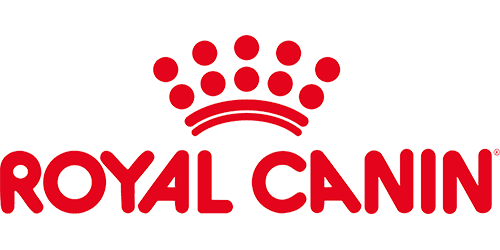Help them maintain their ideal weight
Did you know that more than half of North American cats are overweight? For more figures, read the results of the Pet Obesity Survey conducted in the U.S. in 2018 by the Association for Pet Obesity Prevention.
Being overweight increases your adult cat’s risk of developing health issues like:
- Diabetes
- Urinary problems
- Heart disease
- Skin conditions
- Certain types of cancer
You understand why maintaining a healthy weight is important—it’s the how that can be a little confusing. The best strategy is to opt for an adult cat nutrition plan that matches their lifestyle.
For advice on keeping your feline friend at an ideal weight, see our article on Maintaining your cat’s weight.
Feed the carnivore in them
Cats and dogs don’t have the same nutrition needs. Cats are carnivores, whereas dogs are omnivores. That means your cat’s system digests and uses proteins, carbohydrates, and fats very differently.
To keep your little carnivore feeling full and limit their calorie intake, you have to use a different strategy (and adult cat food) than the one recommended for your dog. Their food should meet their individual needs, with no excesses or deficiencies.
To better understand why it’s important for cats to have a carnivorous diet, read our blog post Un chien ou chat végétarien, c’est possible?(in French only).
Figuring out optimal serving sizes for your cat
Your cat is unique and so is their metabolism. It can vary depending on:
- Their temperament
- Their activity level
- Whether they’ve been altered
That means your altered house cat and the neighbour’s outdoor tomcat don’t require the same amount of food, even though they weigh the same. The difference can be as much as double!
But how do you figure it out? The suggested serving sizes on pet food labels are a good place to start. Get into the habit of measuring or even weighing Fluffy’s food. Your cat is a pretty small animal. A tiny extra amount of dry cat food at mealtime can have a visible impact on their waistline.
Just 10 extra pieces of dry kibble is 10% too much food! It’s the equivalent of a human consuming about 200 extra calories in a day, or adding 4 slices of bacon, 1 cup of pasta, or 3 eggs to every serving. That’s a lot!
Give treats, but in moderation
We know you like to make your cat happy and spoil them from time to time. There’s nothing better than the gentle purrs and slow blinks of a contented cat. But don’t overdo it! Giving too many treats can quickly become an unhealthy habit and lead to weight gain.
So give them in moderation. And opt for low-calorie treats you can use as a guilt-free reward.
Monitor their weight and figure
Observe your cat closely. Notice a little paunch hanging under their belly? That’s the feline equivalent of human love handles and the first sign of being overweight.
To make sure you’re serving up the perfect portion, work with your veterinarian to check your cat’s body condition score on a regular basis and adjust their intake of dry and wet cat food and treats accordingly. This will give you more control and help keep kitty at a healthy weight.
Use the Body Condition Score PDF from WSAVA to accurately assess your cat’s body shape and learn to recognize when they’re putting on pounds.
Need advice? Your veterinary team can help you determine the proper portions and recommend a special adult cat to meet their needs and lifestyle.



